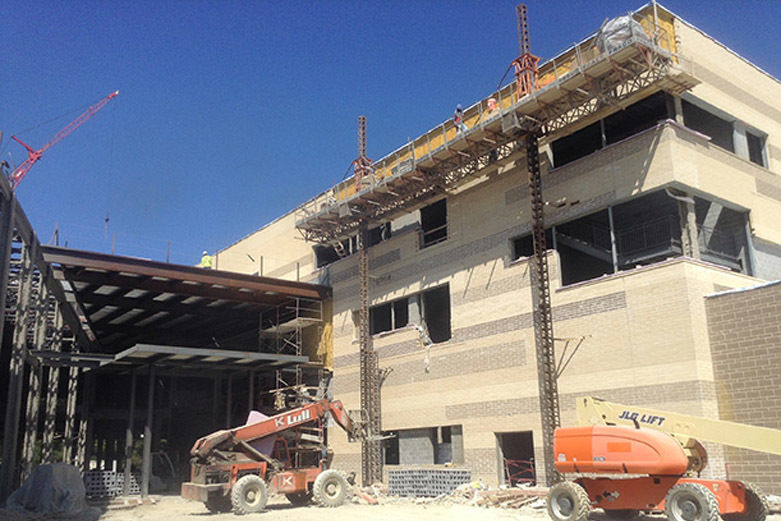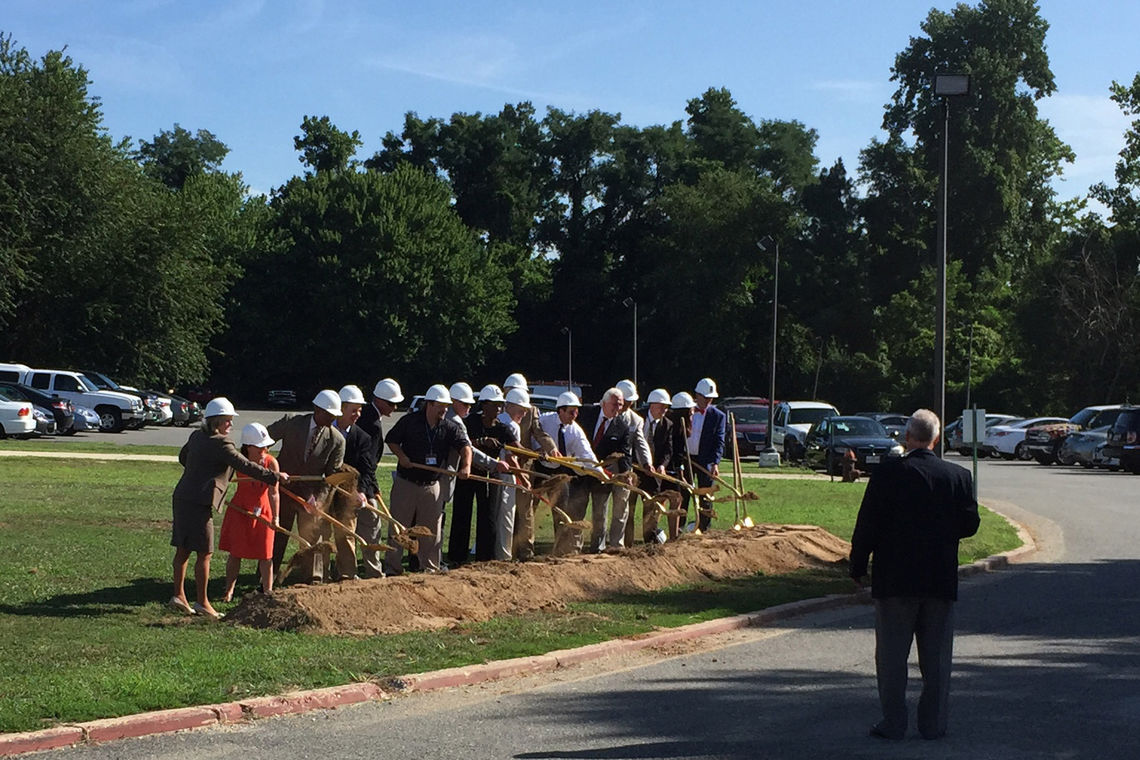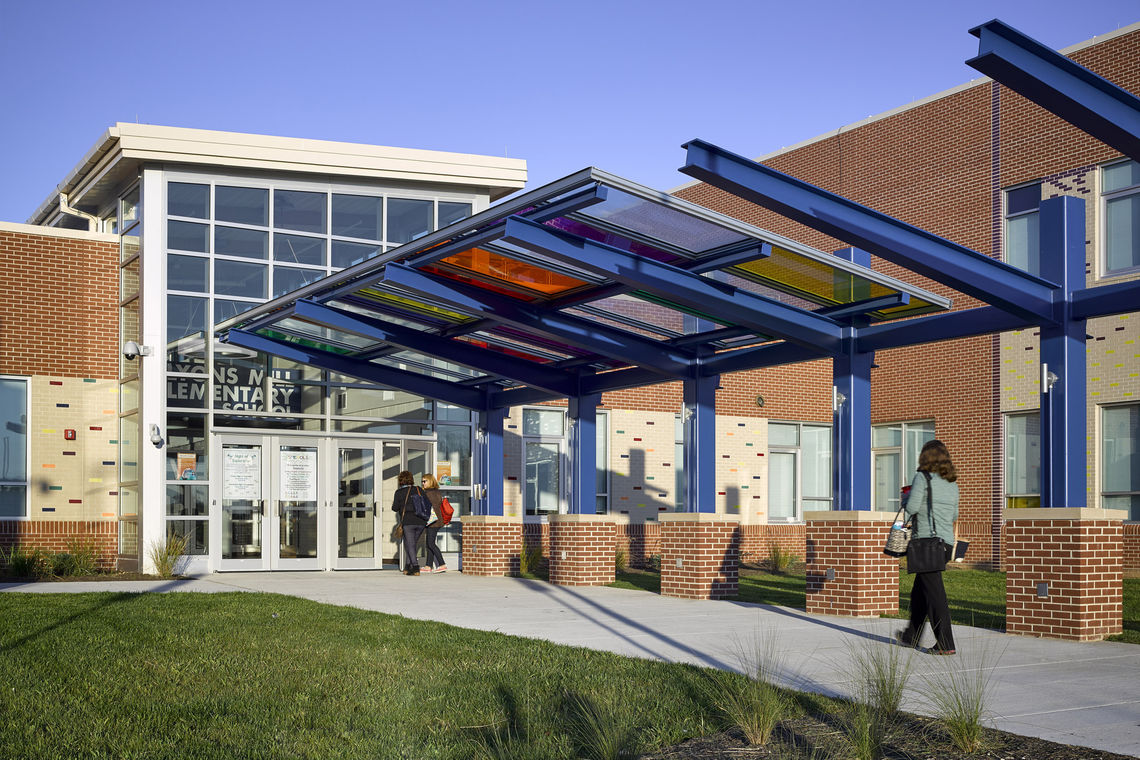I read with interest the Editorial entitled A new model for school construction published by the Baltimore Sun on November 5, 2015.
The article questioned the practice of designing schools in Maryland to last 60 years, positing the idea that we may come out ahead (presumably financially) if we built using less costly systems and techniques, “even if the schools only last 25 years.” I disagree with the premise that such an approach will save the State money—the article doesn’t even contemplate the fact that, over time we would be building each school 2.4 times (with inflated dollars for each subsequent construction beyond the original 25 years) to achieve the same overall 60 year life span. Even if you consider a full systemic renovation of the original school, the numbers don’t make sense.
I do, however, agree with the concept of designing schools with a shorter lifespan in mind. As the article correctly points out, our population base is constantly shifting, resulting in schools that are either overpopulated or underutilized. Building schools more frequently would allow us to better accommodate ongoing demographic shifts. Further, pedagogical changes over time, as well as our understanding of the impact of the physical environs on learning, require us to rethink how we build schools. For instance, it is common knowledge today that an abundance of natural light enhances learning and that as much learning happens outside of the classroom as within—ideas remarkably different than those held even 20 years ago. As school designers, we are focused on the most appropriate design to enhance learning on all levels, which would certainly be much easier to achieve if we were able to rethink school construction every 25 years versus every 60. Unfortunately, such an approach would likely increase the capital cost of our public school construction program.
In the end, I believe we can all agree that there is a need to focus our abilities on adequately meeting the educational development of tomorrow’s leaders through exceptional learning environments, that are also fiscally responsible.




